Physical Address
30 N Gould St Ste N Sheridan, WY 82801
Physical Address
30 N Gould St Ste N Sheridan, WY 82801
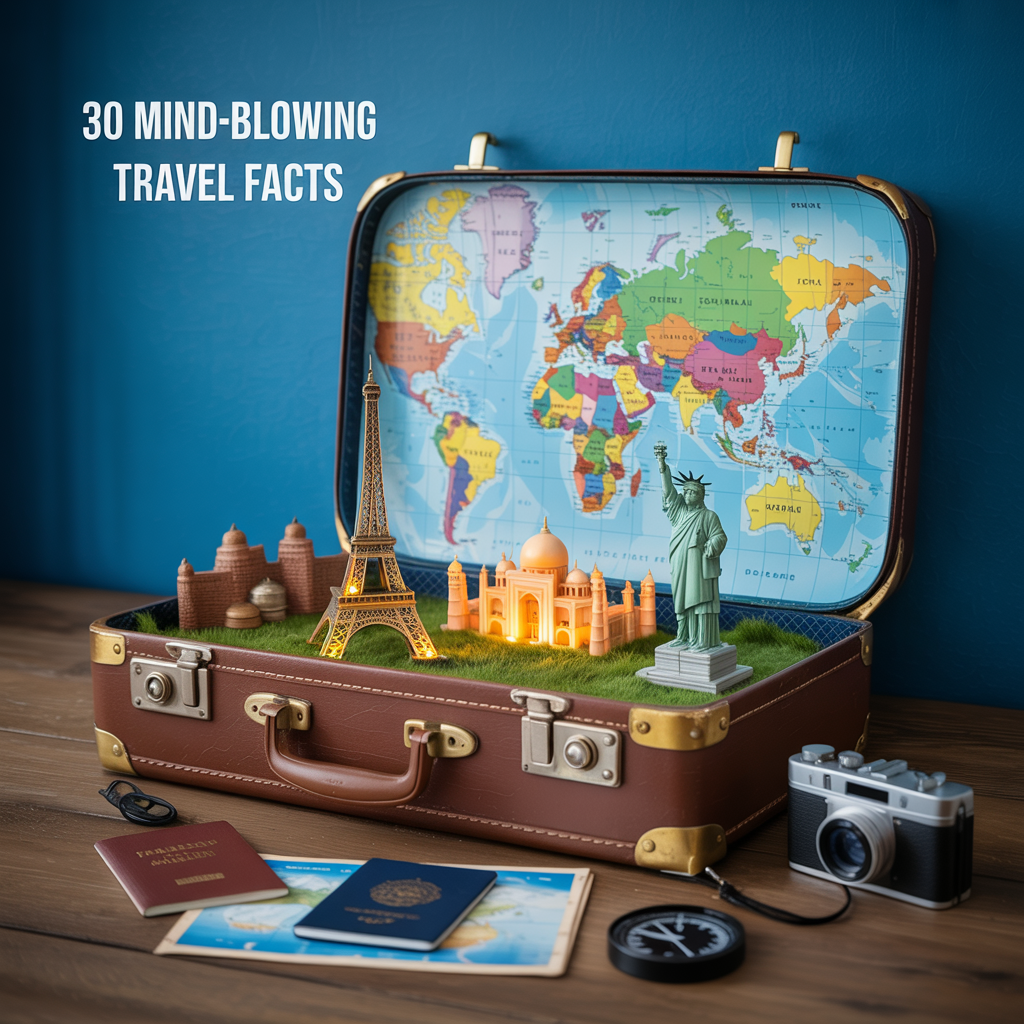

Have you ever been reading some travel fun facts in a magazine when you suddenly exclaim “NO WAY” loud enough that everyone around you turn and stare at you? Yes, it happened to me recently.
Most of us are unaware of how strange, wild, and amazing the world is. Additionally, you will be the most fascinating guest at your next dinner party thanks to these incredible travel facts.
Did you know that there is a nation where the number of tourists exceeds the number of locals? Or the fact that wine is served on one airline and tastes better at 35,000 feet? These amazing facts about travel are more than just information; they’re conversation starters and ideas for bucket lists.
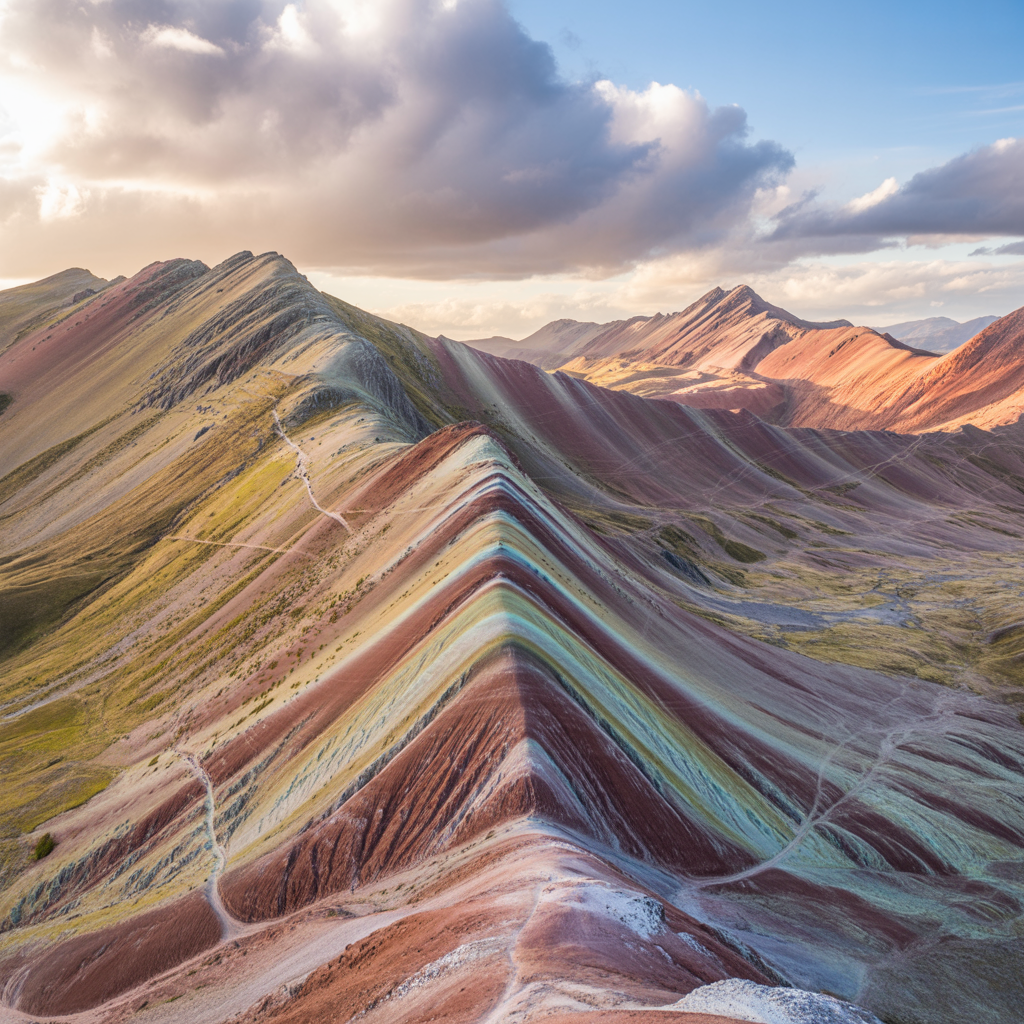
When exploring fascinating travel fun facts, one discovery stands out as particularly surprising: France claims the record for managing the most time zones of any country in the world. This represents one of the most Mind-Boggling Geographic Wonders that challenges common assumptions about global geography.
Most travelers assume Russia or the United States holds this complex distinction, but France surpasses both nations with an astounding 12 different time zones. This extraordinary geographical spread stems directly from France’s extensive colonial history, which left the country with territories distributed across virtually every corner of the globe.
French Polynesia anchors France’s presence in the Pacific, creating significant time differences from the mainland. These tropical islands operate on completely different daily schedules compared to metropolitan France.
Guadeloupe and other Caribbean territories add another layer of complexity to France’s time zone management. These regions experience their peak afternoon hours while mainland France settles into evening routines.
France maintains administrative control over numerous other territories, including:
Tristan da Cunha takes the crown for isolation. This tiny island in the South Atlantic is home to just 245 people and sits 1,500 miles from the nearest continent. Want to visit? Good luck—you’ll need to catch one of the few fishing boats that make the week-long journey from South Africa.
Pitcairn Island comes in close second. Remember those Bounty mutineers from history class? Their descendants still live there, but with only about 50 residents, they’re facing a real extinction crisis.
The frontiers of the planet are stranger than you may imagine. Did you know that there used to be 162 enclaves between Bangladesh and India? In other words, there were fragments of India within Bangladesh.
At Baarle-Nassau/Baarle-Hertog, where the boundary zigzags through residences and coffee shops, the Netherlands and Belgium frequently exchange territory. Imagine being able to eat dinner in one nation and breakfast in another without ever leaving your home!
And Spain has a town inside Portugal (Llívia), because of a 17th-century treaty loophole. Talk about an administrative nightmare!
Mother Nature loves to show off her weird side. In Hessdalen Valley, Norway, mysterious lights hover above the ground with no scientific explanation. Locals have reported these glowing orbs for decades.
Lake Hillier in Australia stays bubble-gum pink year-round. Scientists think it’s caused by bacteria, but the color is so vibrant it looks Photoshopped in real life.
And don’t miss Blood Falls in Antarctica, where blood-red water flows from Taylor Glacier. It’s actually iron-rich saltwater, but early explorers thought they’d discovered something straight out of a horror movie.
The Door to Hell in Turkmenistan has been burning continuously since 1971 when Soviet scientists set it on fire to prevent methane gas spread. Their “few weeks” solution is still going strong 50+ years later!
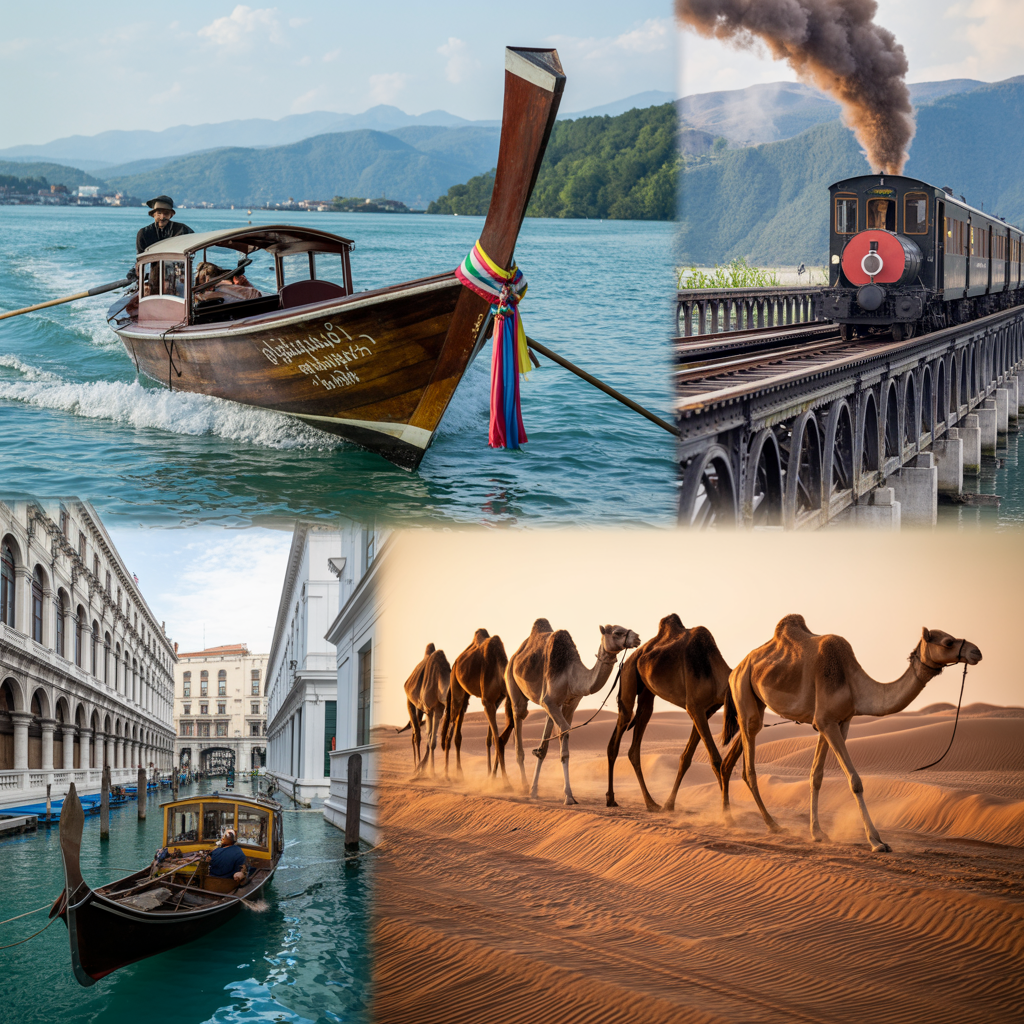
Ever wondered which flight would keep your butt numb the longest? Singapore Airlines takes the crown with their Singapore to New York route – a mind-numbing 18 hours and 50 minutes covering 9,537 miles. That’s basically watching the entire Lord of the Rings trilogy twice with time to spare!
Qantas comes in close with their Perth to London flight, keeping passengers airborne for 17 hours straight. The craziest part? Airlines are now competing to make these ultra-long-haul flights even longer. They’re literally racing to see who can keep humans trapped in a metal tube the longest.
These flights are so long they need special crew rotations and dedicated rest areas. Pilots can’t legally fly the entire route without a nap. Can you blame them?
Regular buses too boring for you? In the Philippines, you can hop on a jeepney – wildly decorated WWII jeeps transformed into public transportation. They’re like rolling art galleries with horns.
Venice has water taxis instead of regular cabs, while Bangkok rocks the tuk-tuk scene – those tiny three-wheeled speedsters that make every ride feel like a near-death experience.
My personal favorite? The cable cars of La Paz, Bolivia. They built an entire metro system IN THE SKY because the city is too hilly for traditional options. Imagine your daily commute with panoramic mountain views instead of someone’s armpit in your face.
Some travel achievements are so insane nobody’s topped them yet. Take Jeanne Baret – she disguised herself as a man in 1766 to become the first woman to circumnavigate the globe. All while collecting thousands of plant specimens and keeping her identity secret from an entire ship of sailors.
The Rutan Voyager plane flew around the world in 1986 without stopping or refueling once – spending nine days in the air. The pilots survived on tiny sandwiches and portable toilets.
And then there’s Thor Heyerdahl, who crossed 4,300 miles of open Pacific on the Kon-Tiki raft in 1947 just to prove ancient Polynesians could’ve done it. Talk about commitment to winning an argument!

Ever tried to rub noses with a stranger? In New Zealand, the Māori practice the “hongi” – pressing noses and foreheads together to share the breath of life. Not weird enough? In Tibet, sticking your tongue out is actually a polite greeting, originating from a 9th-century king who had a black tongue.
The Mongolians have a peculiar way of saying hello – they’ll sniff you! Called the “nomlolom,” it’s basically their version of a kiss on the cheek. And in the Philippines, showing respect to elders means taking their hand and pressing it against your forehead.
You think your adventurous eating is impressive because you tried sushi once? Please. In Iceland, they feast on hákarl – fermented shark meat that smells like ammonia and tastes like strong cheese mixed with fish.
The Sardinians enjoy casu marzu – cheese with live maggots inside. Yes, the maggots are meant to be eaten along with the cheese. They can jump up to 6 inches when disturbed!
In Cambodia, fried tarantulas are a popular snack. They taste like chicken (doesn’t everything?), but with a hint of cod. Meanwhile, China’s century eggs are preserved for months until the yolk turns dark green and smells strongly of sulfur.
Spain’s La Tomatina festival is basically a massive food fight where 20,000 people throw 150,000 tomatoes at each other. Why? Because it’s fun!
In Thailand, the Monkey Buffet Festival involves laying out over 4,000 pounds of fruits, vegetables, and desserts – for monkeys! Locals believe feeding monkeys brings good fortune.
Japan’s Kanamara Matsuri (Festival of the Steel Phallus) celebrates exactly what you think it does. People parade giant phallus statues through the streets, eat phallus-shaped candies, and it’s all to promote fertility and sexual health.
In Japan, you’ll find toilets with more buttons than your TV remote – they spray, dry, heat, and even play music to mask sounds.
Many countries in the Middle East and parts of Asia consider the left hand unclean, so never hand toilet paper with that hand. Speaking of toilet paper, in Greece and Turkey, plumbing systems can’t handle it – so it goes in a wastebasket instead.
In Russia, you might pay to pee. Bathroom attendants often charge a small fee, and they’ll hand you toilet paper based on how much you pay.
In Mauritania, being skinny is a turn-off. Girls as young as seven are sent to “fat farms” to gain weight before marriage because larger women are considered more beautiful and wealthy.
The Tidong tribe in Malaysia prohibits newlyweds from using the bathroom for three days after their wedding. They believe this strengthens the marriage bond and prevents bad luck.
In parts of India, women born under what’s considered an “unlucky astrological combination” must first marry a tree or pot before marrying their human partner to transfer the bad luck away from the marriage.

Ever seen a hotel suite that costs more than your house? The Royal Penthouse Suite at Geneva’s Hotel President Wilson will set you back $80,000 per night. That’s not a typo.
What do you get for that price tag? Oh, just 12 bedrooms, a panoramic view of Lake Geneva, bulletproof windows, and a private elevator. You know, the basics.
In Las Vegas, the Empathy Suite at the Palms Casino Resort demands $100,000 per night with a two-night minimum. That’s $200,000 before you’ve even ordered room service. The suite was designed by artist Damien Hirst and features actual sharks preserved in formaldehyde. Because nothing says “relaxing getaway” like dead sharks watching you sleep.
Sleeping with the fishes isn’t just a mob threat anymore. At the Muraka suite at Conrad Maldives Rangali Island, you can doze off 16 feet below sea level with 180-degree views of marine life.
Not cool enough? Try the ICEHOTEL in Sweden, rebuilt every winter using 2,000 tons of ice from the Torne River. The beds, walls, and even drinking glasses are made entirely of ice. They give you thermal sleeping bags and reindeer hides, but temperatures still hover around 23°F (-5°C).
The Malmaison Oxford Hotel used to be a prison. Seriously. Guests sleep in converted cells where actual criminals once did time. Talk about a conversation starter.
In Costa Rica, you can spend the night in a vintage Boeing 727 aircraft perched 50 feet above the jungle at Hotel Costa Verde. The plane-turned-suite features hand-carved furniture made from Indonesian teak.
Cappadocia, Turkey takes “room with a view” to another level with hotels carved directly into ancient cave formations. Some of these cave dwellings are over 1,500 years old. The rock walls naturally regulate temperature, keeping rooms cool in summer and warm in winter.
Who needs a boring regular hotel when you can sleep underwater, in a frozen room, or inside what was once someone’s jail cell?
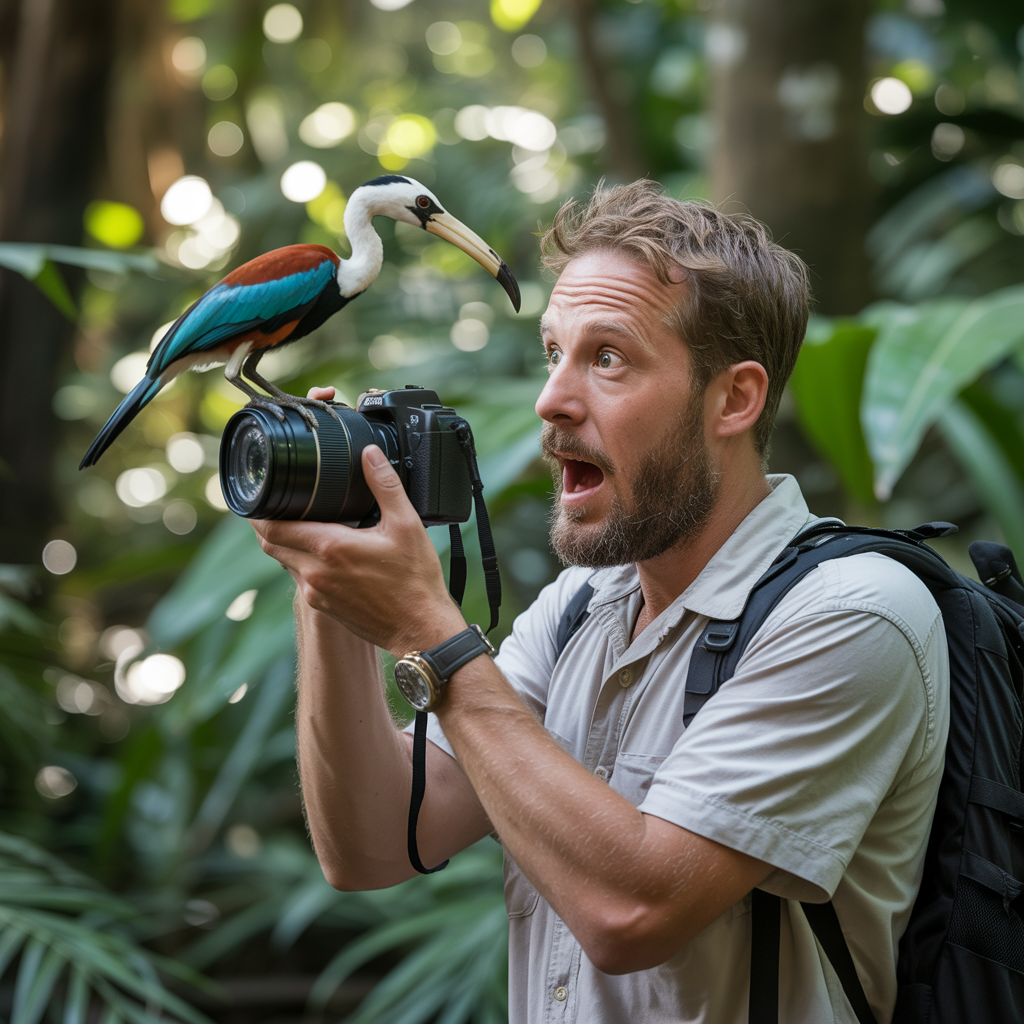
Think humans rule the world? Think again. In the Falkland Islands, sheep outnumber people by a mind-boggling 350:1. That’s right – for every person walking around, there are 350 woolly creatures giving them the side-eye.
But that’s nothing compared to the Penguin Capital of the World. South Georgia Island hosts over 30 million breeding pairs of penguins while maintaining a human population of… zero permanent residents. Just scientists and the occasional tourist watching 60 million penguins waddle about.
In Costa Rica’s Tortuguero National Park, during the green turtle nesting season, up to 20,000 turtles crowd the beaches at once – in a park that allows only 400 daily visitors. The math speaks for itself.
The monarch butterfly migration literally changes the color of entire forests in Mexico. When millions land in the oyamel fir trees of Michoacán, the forest turns from green to vibrant orange-red. Trees sometimes break under the weight of these delicate creatures.
In South Sudan, the annual migration of white-eared kob, tiang, and Mongalla gazelle involves 1.2 million animals – a spectacle rivaling the Serengeti but seen by fewer than 1,000 tourists yearly.
The red crab migration on Christmas Island turns roads, beaches, and forests into a moving carpet of crimson. Locals install special crab bridges and close major roads when roughly 50 million crabs march to the ocean.
Swimming with whale sharks in Ningaloo Reef might seem terrifying – they’re the largest fish in the ocean, after all. But these gentle giants are filter feeders with zero interest in making you a snack.
The Crocosaurus Cove in Darwin, Australia offers the “Cage of Death” – a clear acrylic cylinder lowered into a tank with 18-foot saltwater crocodiles. These prehistoric predators bump against your cage while you remain perfectly safe (though your heart rate might disagree).
In South Africa’s Kruger National Park, skilled guides take you within feet of the Big Five. The secret? Remaining in your vehicle creates a psychological barrier. Lions see the vehicle as a single unit, not as a metal box full of tasty humans.
The sardine run along South Africa’s Wild Coast creates a feeding frenzy so intense it’s visible from space. Billions of sardines form bait balls while dolphins, sharks, and seabirds attack from all sides – underwater chaos few get to witness.
In Indonesia’s Komodo Island, dragons perform “wrestling matches” during mating season. These 10-foot lizards stand on hind legs, grappling chest-to-chest in displays of strength that most tourists miss completely.
The synchronized firefly phenomenon in Malaysia’s mangrove forests happens for just two weeks annually. Thousands of fireflies pulse in perfect unison along river banks – a natural light show scientists still can’t fully explain.

France doesn’t just have the Eiffel Tower – it has the crown for most visited country on Earth, welcoming around 90 million international tourists annually. That’s more than the entire population of Germany flooding into French cafés, museums, and vineyards each year!
The runner-ups? Spain and the United States duke it out for second place, each pulling in roughly 80 million visitors annually.
On the flip side, the countries getting the least tourist love include:
| Country | Annual Visitors |
|---|---|
| Tuvalu | Under 2,000 |
| Marshall Islands | Around 6,000 |
| Kiribati | About 7,000 |
Most people couldn’t even point to these places on a map. Tuvalu gets fewer visitors in a year than the Louvre sees before lunchtime on a Tuesday.
The exclusive “been everywhere” club is tiny. Only about 250 people have documented visits to all 193 UN-recognized countries.
American traveler Jessica Nabongo became the first Black woman to visit every country in 2019. British adventurer Graham Hughes did it without taking a single flight. Can you imagine? No planes – just boats, trains, buses and a whole lot of patience.
The record for fastest person to hit every country? Taylor Demonbreun did it in 530 days. That’s a new country every 2.7 days for nearly two years straight!
Going around the whole planet used to take years. Now? The record for fastest circumnavigation by air is just 46 hours and 40 minutes, set by the One More Orbit team in 2019.
By sea, the trimaran IDEC SPORT circled the globe in just 40 days – that’s Jules Verne’s “Around the World in 80 Days” cut in half!
The most insane record might be Italian cyclist Paola Gianotti who pedaled around the world in 144 days. My legs hurt just thinking about it.
Some travelers take “adventure” to another level entirely. Fiann Paul led the first team to row across the Drake Passage (the wildest seas on Earth) between South America and Antarctica in 2019. They battled 30-foot waves and near-freezing temperatures for 12 brutal days.
Ranulph Fiennes and Mike Stroud crossed Antarctica on foot – 1,350 miles of nothing but ice, wind, and temperatures dropping to -85°F.
Sarah Outen kayaked, biked, and rowed around the northern hemisphere, surviving typhoons, frostbite, and being hit by a truck.
The next time you complain about a delayed flight, remember these folks and maybe you’ll feel a bit better about your travel troubles!
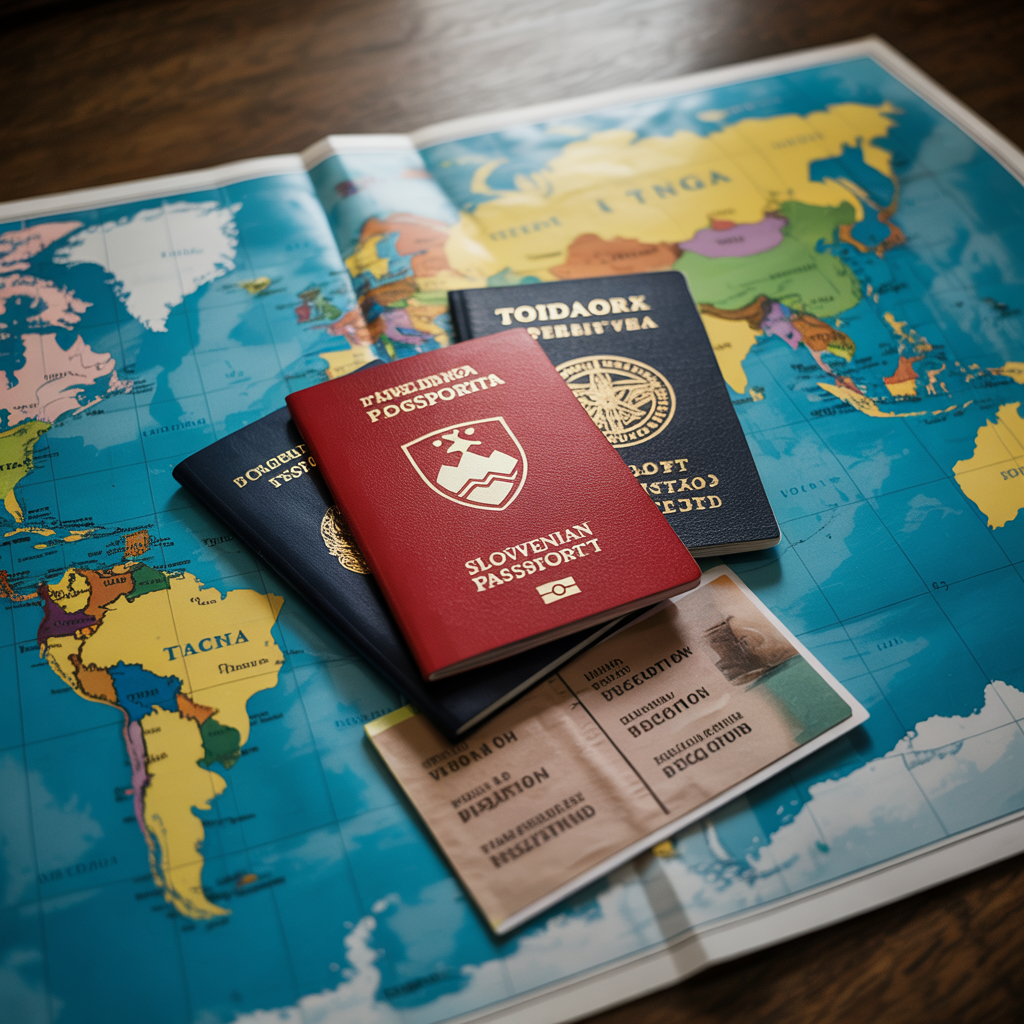
Ever wondered which little booklet opens the most doors? The Japanese passport currently reigns supreme, giving holders visa-free access to about 190+ countries. That’s basically like having a golden ticket to the world.
On the flip side, Afghanistan passport holders can only enter about 30 countries without jumping through visa hoops. Imagine planning a spontaneous weekend getaway when you need weeks of paperwork for almost everywhere!
Some passport rankings shift dramatically based on global politics. The Russian passport, for instance, lost access to dozens of countries after 2022. Talk about passport power being tied to politics!
North Korea requires visitors to have a government-approved guide with them at all times. Not exactly the solo backpacking adventure you had in mind.
Bhutan charges a daily “minimum spending” fee (up to $250 per day) just to visit. They literally make you pay to keep tourist numbers low. Smart or exclusive? You decide.
Russia once required visitors to list every country they’d visited in the previous 10 years. Hope you kept a travel journal!
New Zealand customs can fine you $400 if you forget to declare that apple in your bag. They take their biosecurity seriously—understandable for an island nation that wants to protect its ecosystem.
The Galapagos Islands stamp is shaped like a turtle. Collect that in your passport!
Singapore doesn’t mess around—their entry cards warn “DEATH FOR DRUG TRAFFICKERS UNDER SINGAPORE LAW.” That’s one way to make an impression before you’ve even left the airport.
Visiting Antarctica? You’ll get no official stamp since it belongs to no country, but some research stations offer souvenir stamps instead. Not legally binding, but definitely cool for bragging rights.

Ever wondered what happens to all those mini bottles of shampoo you leave behind? Flight attendants often take them home! But that’s just the tip of the aviation iceberg.
Airlines deliberately overbook flights by 5-15% because they know some people won’t show up. Playing the odds with your vacation plans? Yep, they do that.
The air you breathe on planes isn’t fresh mountain breeze. It’s recycled every 2-3 minutes and contains about 50% cargo hold air. That weird taste? Now you know why.
Most pilots and co-pilots eat different meals during flights. If one gets food poisoning, the other can still fly the plane. Smart, but slightly concerning they plan for this, right?
Your plane can likely fly with just one engine. Commercial aircraft are certified to fly for up to 5 hours on a single engine, giving them plenty of time to reach an airport.
Tuesday around 3 PM is statistically the best time to book a hotel room. Prices drop as hotels scramble to fill empty rooms for the upcoming weekend.
Those fancy pillows on your bed? They’re never washed unless visibly stained. Most hotels clean them just once or twice a year. Gross.
The “Do Not Disturb” sign won’t always keep staff out. Hotels have policies allowing room checks every 24-72 hours regardless of your sign, citing security concerns.
Hotel room phones harbor more germs than toilet seats – about 3 times more bacteria. TV remotes aren’t far behind. Pack sanitizing wipes, folks.
Booking directly with the hotel instead of third-party sites often gets you better rooms. Hotels typically assign their worst available rooms to guests who book through discount sites.
The average cruise ship produces 210,000 gallons of sewage weekly. Where does it go? Often straight into the ocean after basic treatment.
Cruise ships consume approximately 1 gallon of fuel per second. That’s about $2,000-$3,000 worth of fuel every hour they’re moving.
Over 200 people go missing from cruise ships every year. The industry doesn’t advertise this statistic for obvious reasons.
Norovirus outbreaks happen on roughly 3% of all cruise voyages. The close quarters and buffet-style dining create perfect conditions for rapid spread.
The largest cruise ships today weigh over 225,000 tons – that’s equivalent to about 9,000 school buses. Yet they can still move at speeds of 22-24 knots (25-27 mph).
Most tour guides make up at least some “facts” during tours. Industry surveys suggest up to 40% of historical anecdotes are embellished or completely fabricated.
Tour guides often receive kickbacks of 30-50% from shops where they bring tourists. That “authentic local experience” is actually a calculated commission opportunity.
The “off-the-beaten-path” spots in your tour? They’re on the itinerary of about 50 other tour groups that day. Truly secret spots stay secret because they don’t make money.
Many city tour operators hire actors rather than historians. They prioritize entertainment skills over factual knowledge, figuring most tourists won’t fact-check anyway.
Tour guides rank bathroom locations as their most valuable knowledge. Not historical facts or cultural insights – just knowing where to find clean restrooms in a pinch.
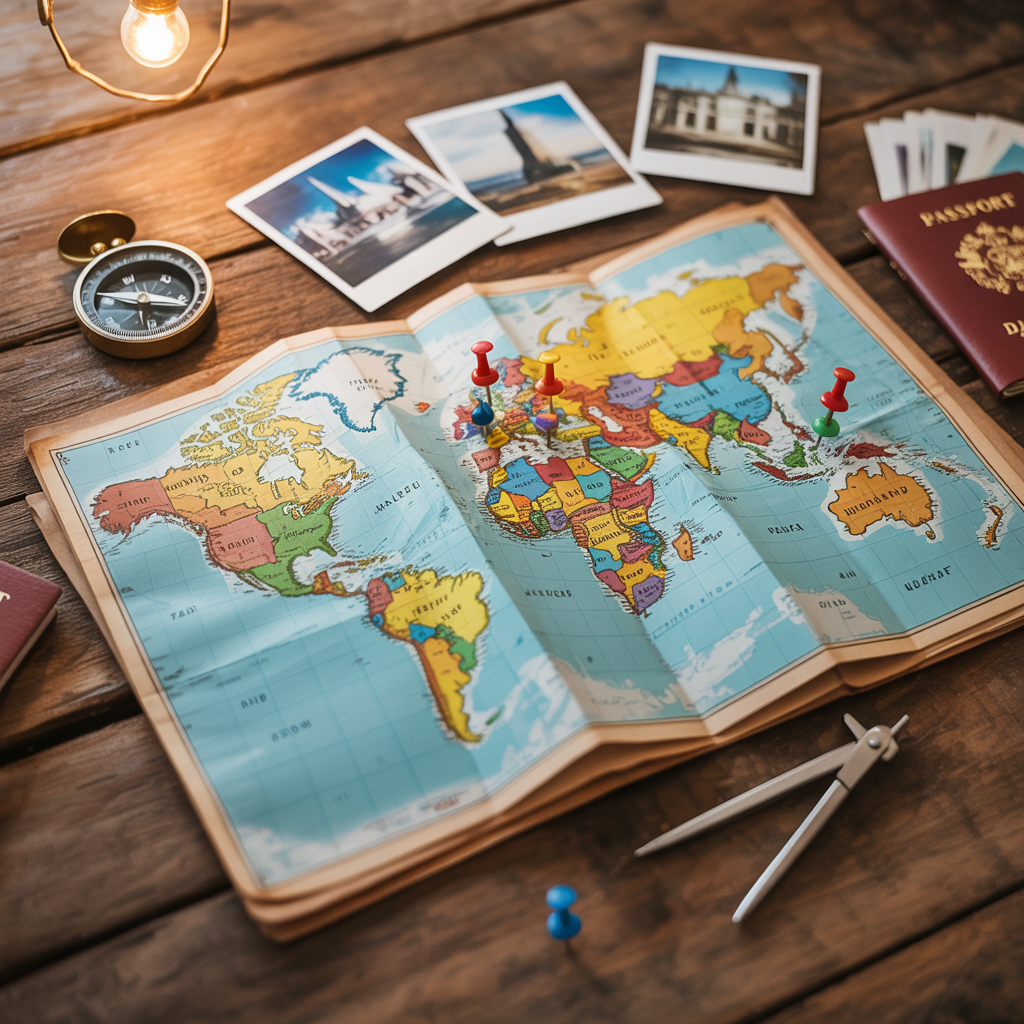
The world of travel is truly filled with remarkable realities that defy our expectations. From geographic anomalies where countries exist within countries to cultural practices that seem otherworldly, our planet continues to surprise even the most seasoned travelers. Whether it’s learning about hotels built entirely of ice, encountering wildlife in their natural habitats, or discovering the strange passport requirements of certain nations, these fascinating travel facts remind us how diverse and extraordinary our world really is.
As you plan your next adventure, remember that travel offers more than just relaxation—it provides an education impossible to obtain anywhere else. The travel industry itself holds countless secrets and surprising statistics that shape our journeys in ways we rarely consider. So pack your curiosity alongside your luggage, and keep your eyes open for the remarkable realities that make travel the most mind-expanding activity humans can pursue.